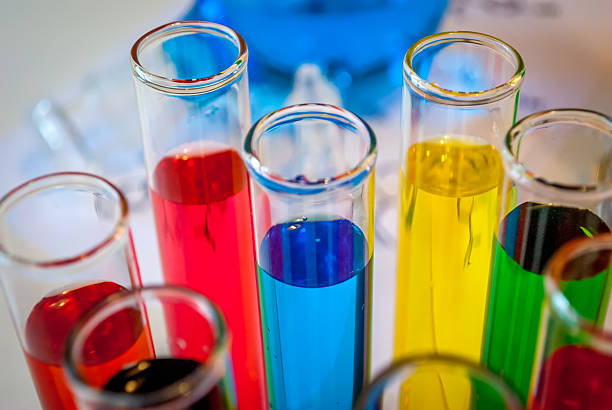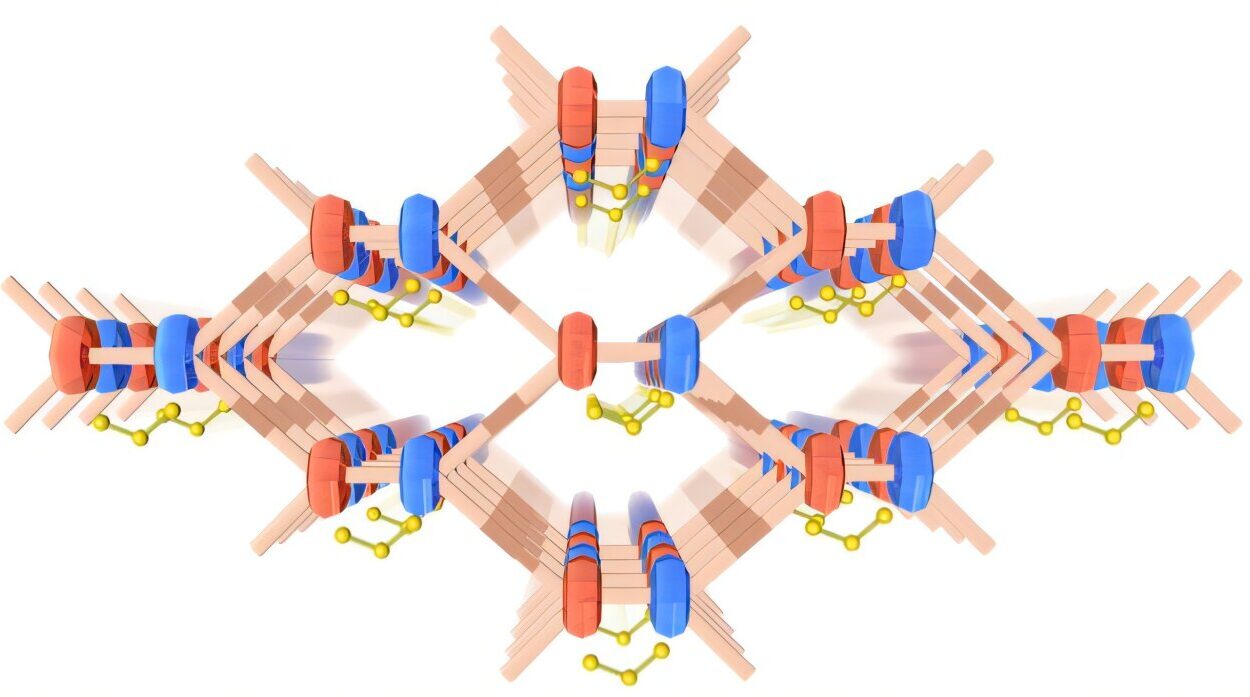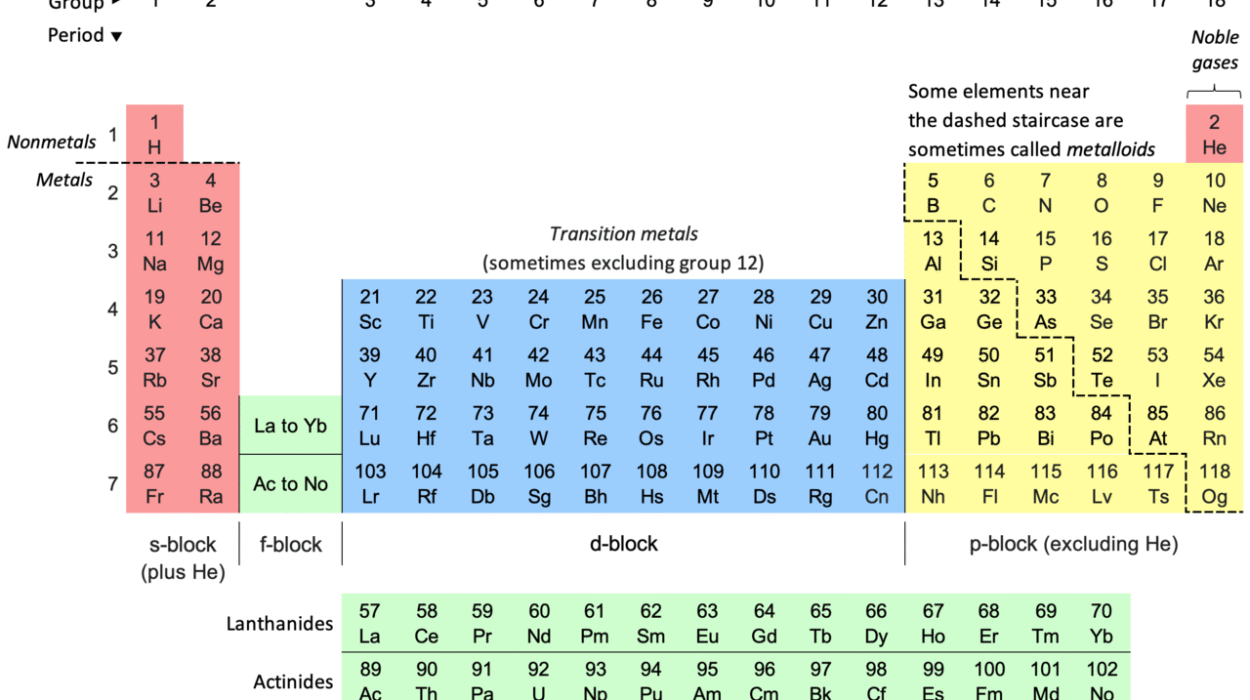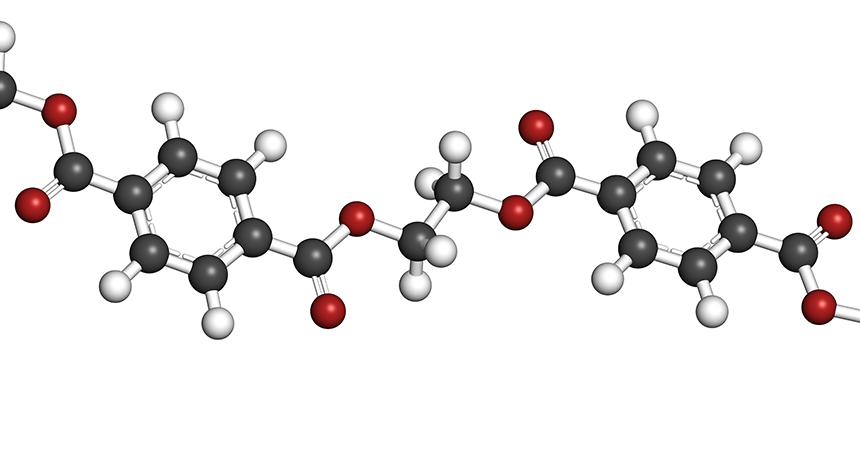Picture a cold winter evening in a bustling city like New York, Beijing, or Calgary. The wind howls outside, but inside, you’re snug and warm—thanks to a clever new technology that could soon be found in windows across the world. Researchers at Rice University have unveiled a groundbreaking coating for glass that promises to keep the cold at bay, saving energy and cutting heating bills during the chilly months.
This innovative material—a transparent film made by weaving carbon into boron nitride’s atomic lattice—forms a durable, tough layer that reflects heat while resisting scratches, moisture, UV light, and temperature swings. More than just a window dressing, it could transform the way we think about energy efficiency in the built environment.
A New Solution to Heat-Leaking Windows
Windows, while crucial for letting light into our homes and offices, are notorious for being weak points in energy-efficient buildings. Standard windows allow heat to escape easily in winter, forcing heating systems to work harder, increasing energy consumption. That’s where the new glass coating comes in.
Led by Dr. Pulickel Ajayan, the team at Rice University demonstrated how this new material could improve energy savings by 2.9% in cities with cold winters, compared to existing window technologies. With over 4 billion square feet of new windows installed annually in the U.S. alone, the potential for savings is huge—and could benefit homeowners, businesses, and municipalities alike.
The coating has a key advantage over conventional low-emissivity (low-E) coatings, which are designed to reduce the amount of heat that escapes through the glass. Low-E coatings are typically applied to the interior-facing side of windows, as they can degrade over time due to temperature fluctuations and exposure to humidity. But with this new material, researchers can place it on the exterior side of the glass, where it stays durable, even in harsh outdoor conditions.
“We’re offering a more reliable and durable solution for windows that can handle the elements without degrading,” says Dr. Ajayan, Rice’s Benjamin M. and Mary Greenwood Anderson Professor of Engineering.
The Science Behind the Coating
The magic of this new coating lies in its unique composition. Boron nitride, a material known for its excellent mechanical, thermal, and optical properties, is modified with a small amount of carbon. This tweak lowers the material’s emissivity—the ability to radiate heat as thermal energy—significantly. Lower emissivity means less heat escapes through the glass, which ultimately improves the building’s thermal performance.
But how did the researchers create this material in the first place? The team employed a high-tech process known as pulsed laser deposition. In this process, a short burst of high-energy laser strikes a solid boron nitride target, causing it to vaporize and form a plasma plume that settles onto a substrate—in this case, glass. Remarkably, this process takes place at room temperature, avoiding the high heat usually required for traditional adhesive coatings.
“The ability to coat boron nitride onto glass at room temperature is truly groundbreaking,” says Abhijit Biswas, the study’s lead author. “It’s exciting from a synthesis perspective, and it opens up new possibilities for large-scale production.”
Scaling Up for the Future
While the team’s work so far has demonstrated that this new coating can boost energy efficiency, the real potential lies in its future applications. Researchers are optimistic that this technology could eventually be scaled up and used on a wide range of materials beyond glass, including textiles, polymers, and even biological surfaces.
Dr. Ajayan and his team are exploring how techniques like roll-to-roll chemical vapor deposition and sputtering could make this technology commercially viable on a larger scale. If successful, it could pave the way for energy-saving windows to become a standard feature in buildings around the world—especially in colder climates where heating costs are a major concern.
“The ability to apply this coating to a variety of surfaces broadens its potential applications dramatically,” Ajayan notes. “From energy-efficient buildings to even flexible electronics, this material could make an impact far beyond just windows.”
A Competitive Edge for Energy Efficiency
The durability of this new coating gives it an edge over traditional low-E coatings, which are more prone to degradation from environmental exposure. By being able to place the coating on the exterior of windows—where it is directly exposed to the elements—the Rice University team has solved a critical problem that has plagued conventional coatings for years.
Yi Long, a co-corresponding author from the Chinese University of Hong Kong, praised the material’s weatherability. “The high weatherability makes it the first outdoor-facing low-E window coating with an energy-saving capacity that clearly outperforms the indoor-facing counterpart,” he says. “In densely built environments, this could be a game changer.”
Shancheng Wang, another key contributor to the study, added, “The transparency level and promising low emissivity make carbon-doped coated glass a competitive energy-saving option for cities like Beijing and New York.”
A Greener Future in Every Window
As cities around the world look for ways to reduce their carbon footprints and lower energy consumption, this new glass coating offers a simple yet powerful solution. By reflecting heat and improving thermal performance, it could help reduce heating costs, lower energy bills, and decrease the strain on our power grids during the coldest months of the year.
It’s an innovation that brings us one step closer to the sustainable, energy-efficient cities of the future—and it all starts with a single transparent layer of carbon-doped boron nitride.
This study, published in Advanced Materials, offers not just a technological leap but a glimpse into how the smallest changes—like a new coating on your windows—can add up to big savings for homeowners and businesses alike. With the potential for scaling, this breakthrough could help us heat homes more efficiently, combat climate change, and make our built environments greener and smarter.
As winter approaches and heating bills climb, this new material could become the unsung hero of energy savings. It’s a future where our buildings don’t just protect us from the elements—they help us fight back against them.
Reference: Abhijit Biswas et al, Carbon Doped Boron Nitride Nano‐Coatings for Durable, Low Emissivity Glass Windows, Advanced Materials (2025). DOI: 10.1002/adma.202507557






